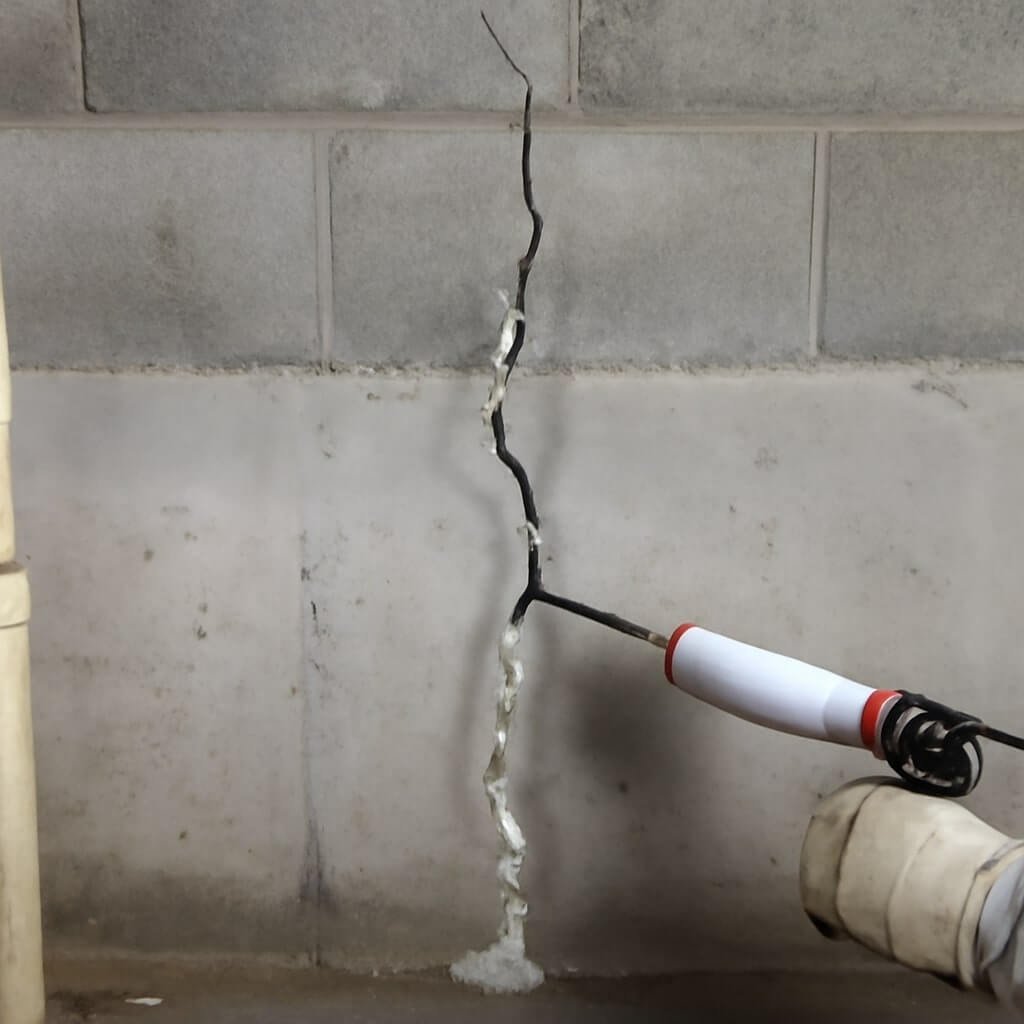Basement cracks can be a source of significant concern for homeowners. Not only do they compromise the structural integrity of your home, but they can also lead to water infiltration, mold growth, and a decrease in property value. Understanding how to repair these cracks effectively is crucial to maintaining a safe, dry, and comfortable living environment. In this article, we will explore the best methods to repair basement cracks that last, ensuring your home remains secure for years to come.
Common Causes of Basement Cracks
Before diving into the repair methods, it’s important to understand what causes basement cracks. The main culprits include:
- Foundation settling: As the ground shifts over time, it can cause cracks in the foundation walls.
- Water damage: Water pressure from heavy rains or groundwater can cause cracks to form in basement walls.
- Freezing and thawing: The expansion and contraction of water during freezing weather can lead to cracks.
- Poor construction: If the foundation wasn’t properly built, cracks are more likely to appear.
Best Methods to Repair Basement Cracks
1. Epoxy Injection
One of the most effective and long-lasting methods to repair basement cracks is through epoxy injection. This method involves injecting a special epoxy resin into the crack to fill and seal it completely. The epoxy hardens, effectively bonding the crack together and preventing further damage. This technique works well for non-moving cracks and can be done with minimal disruption.
Benefits:
- Strong, durable seal
- Easy application process
- Works well for structural and non-structural cracks
2. Polyurethane Foam Injection
Similar to epoxy injection, polyurethane foam injection involves injecting foam into the crack. However, this method works best for cracks that experience water leakage. The foam expands upon contact with water, effectively sealing the crack and preventing further water intrusion.
Benefits:
- Expands to fill the crack
- Water-resistant
- Flexible, allowing for movement in the foundation
3. Crack Sealant (Acrylic or Silicone)
For smaller cracks, using a crack sealant can be an efficient solution. Acrylic or silicone-based sealants are applied directly to the crack’s surface and are designed to form a waterproof barrier. These products are ideal for minor cracks that don’t compromise the overall structural integrity of the foundation.
Benefits:
- Cost-effective
- Simple application
- Ideal for smaller cracks
4. Foundation Repair Piers
If the basement cracks are a result of foundation settling, using foundation repair piers can be an effective solution. This method involves installing piers beneath the foundation to stabilize it and prevent further settling. It is a more invasive method but is highly effective for severe structural issues.
Benefits:
- Stabilizes the foundation
- Long-term solution for severe settling issues
- Prevents further shifting of the foundation
5. Cementitious Waterproofing
If water seepage is a concern, cementitious waterproofing can be applied to basement walls to prevent water from entering through cracks. This method involves using a waterproof cement-based coating that bonds to the concrete, blocking moisture.
Benefits:
- Waterproofs the basement
- Durable and long-lasting
- Ideal for walls with minor cracks
6. Exterior Waterproofing
In cases where cracks are due to water pressure, exterior waterproofing is an effective repair method. This involves excavating around the foundation and applying a waterproof membrane to the outside of the basement walls. This technique not only repairs cracks but also prevents future water damage.
Benefits:
- Addresses the source of water intrusion
- Provides long-lasting protection
- Ideal for severe water infiltration issues
Preventive Measures to Avoid Future Cracks
While repairing existing basement cracks is important, preventing future cracks is equally crucial. Here are some tips to avoid future cracks in your basement:
- Maintain proper drainage: Ensure that gutters and downspouts are clear and functioning properly to prevent water from pooling around the foundation.
- Landscape grading: Make sure the ground around your foundation slopes away from the house to direct water away from the basement walls.
- Install a sump pump: If water infiltration is a recurring problem, installing a sump pump can help keep your basement dry.
FAQ’s
1. What causes cracks in my basement walls?
2. Can I repair basement cracks myself?
3. How long do basement crack repairs last?
4. How do I know if my basement crack is structural?
5. Is basement waterproofing necessary after crack repair?
Conclusion
Repairing basement cracks is essential to maintaining the safety and value of your home. Whether you opt for epoxy injections, polyurethane foam, or exterior waterproofing, the key is to address the root cause of the problem and choose the right repair method. Regular maintenance and preventative measures will help ensure that your basement remains dry and crack-free for years to come.

